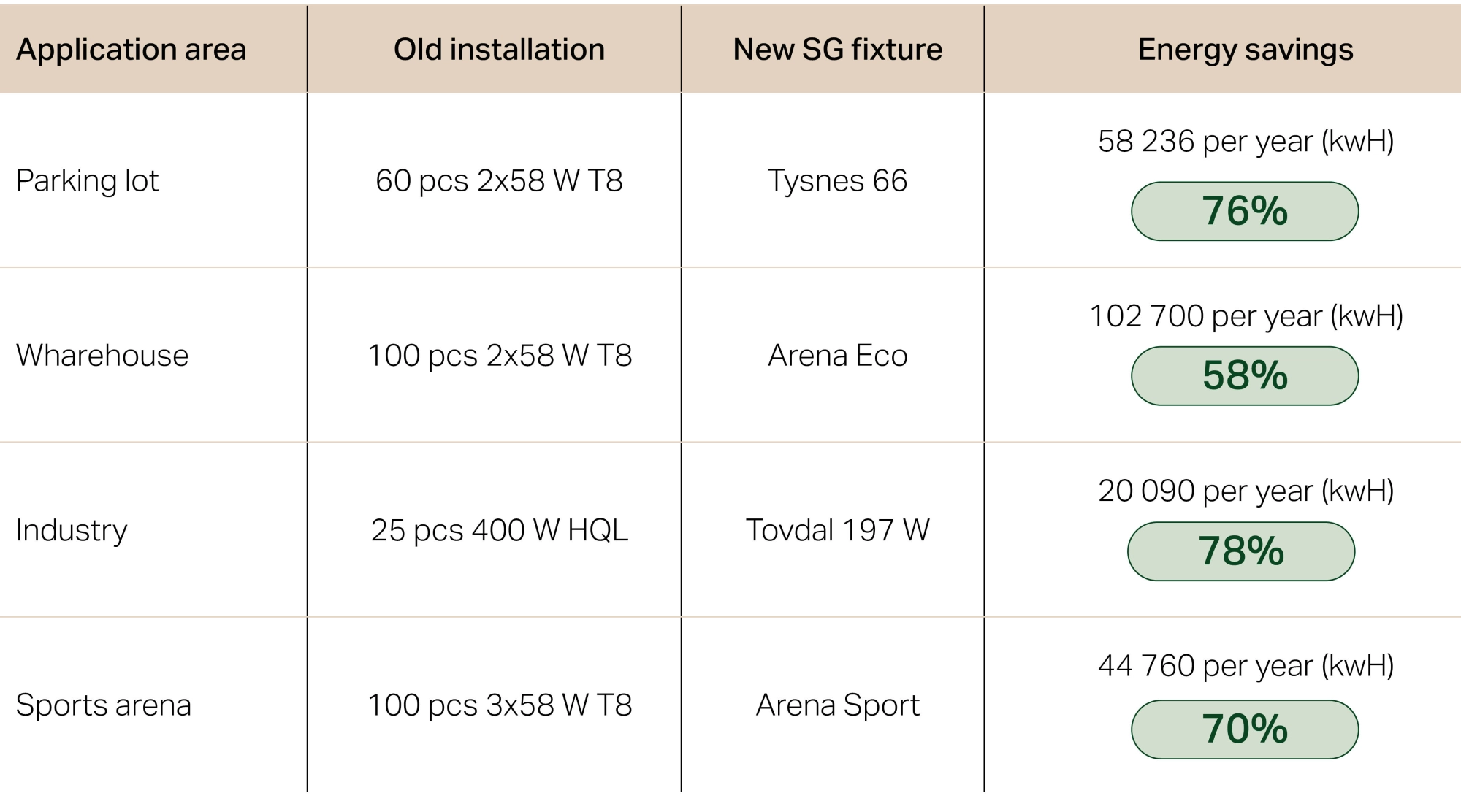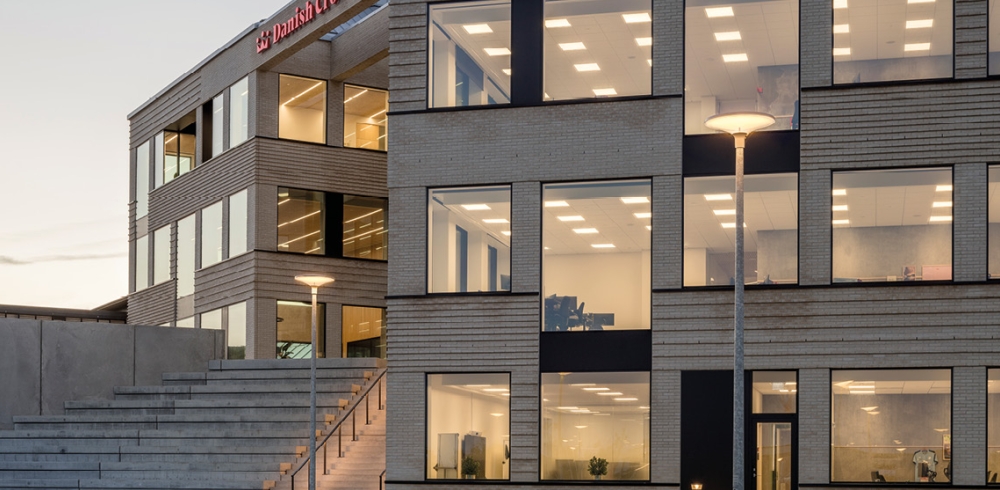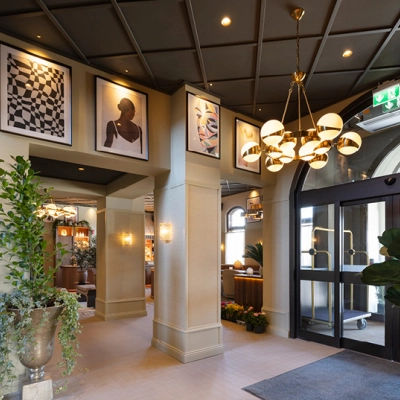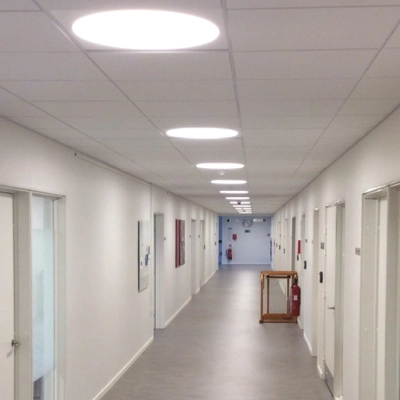Short version
RoHS 2 (2011/65/EU) sets strict requirements for the phasing out of mercury, lead and other substances harmful to the environment and health in electrical and electronic products. The aim is to make recycling safer and cut emissions of hazardous substances. Products that are already on the market can be used until they are empty, but new installations must be mercury-free. A full luminaire replacement typically reduces energy consumption by 50-80%, while the building receives new approval with all documentation and product warranties. At SG, we focus on making it easy to upgrade the system quickly, without having to replace ceilings or make significant changes for tenants during the rental period. Consider installation time, logistics, lifetime and EPD before embarking on your next replacement project.
From August 25, 2023, it is no longer allowed to produce or import fluorescent lamps with mercury in the EU and EEA. This is due to the RoHS Directive (2011/65/EU), which sets limits for substances harmful to the environment and health in electronic products. Businesses and operations teams must now look for new solutions, as old fluorescent tubes will soon be hard to come by.
What does this mean for the market?
Fluorescent tube installations now present both technical and financial challenges. Maintenance departments risk a shortage of spare parts and downtime may become more frequent. Simply replacing fluorescent tubes with LED tubes often has little effect (10-30% energy savings) and you lose the CE approval of the luminaire.
The EU taxonomy provides clear guidance: Switching to energy-efficient LED lighting offers major benefits, both environmentally and financially.
Below is an overview of when various fluorescent and halogen products were phased out.

From fluorescent tubes to modern LED
A full luminaire replacement typically reduces energy consumption by 50-80%, while at the same time providing the building with updated product documentation and new product warranties.At SG, we focus on making it easy to upgrade the system quickly, without having to replace ceilings or make significant changes for tenants during the rental period.
Examples of how we do this are (1) rehab rings to adapt existing holes in the ceiling, (2) surface-mounted luminaires that cover the existing solution, (3) Tunable White that allows you to adjust the color temperature of the light throughout the day and (4) Connect with sensors for smart lighting control.
Below are some selected projects SG has delivered in different types of environments with the energy savings. Remember that you can calculate what savings you can get in your own projects through our conversion guide.

Human Centric Lighting and SG Connect
When you replace luminaires, why not make the lighting environment even better for the people who work there? Tunable White and SG Connect do just that and below we explain how.
We spend more than 90% of our lives indoors. Traditional, artificial light is fixed from the time we wake up in the morning at home until we go to bed. It doesn't reflect the intensity, timing, color and dynamics of natural light. Tunable White (TW) lighting can support natural daylight, either by automatically "mimicking" sunlight or by creating light scenes to suit different situations during the day. With TW, the brightness can be easily regulated without also changing the color temperature.
If you connect the luminaires to SG Connect , you also get simple and intuitive light control, motion and daylight control, as well as real-time operating data. This provides an additional 20-40% energy saving and a better overview of the lighting installation. SG Connect is well suited to renovation and new builds. You get optimal movement and daylight control of the installation without the need for DALI control. The luminaires communicate wirelessly via ZigBee and are easily set up via mobile phone on Bluetooth
Below you can find some examples of projects where energy efficiency is combined with solutions that look good.
Practical advice for replacement projects
The RoHS directive creates the opportunity to make lighting smarter, more efficient and better adapted to people. It's about more than just replacing lights - it's about making commercial and industrial buildings fit for the future.
-
#1
Installation time
There is a relationship between the cost of the luminaire and the installation time
-
#2
Logistics
All goods must be stored in Norway if you are to carry out such projects
-
#3
Lifetime
Make sure you have a long lifetime for the new luminaires you install
-
#4
EPD
Luminaires you install should have their environmental footprint documented through EPD




